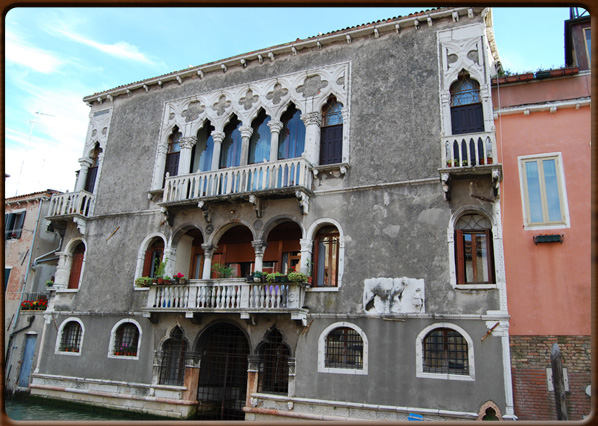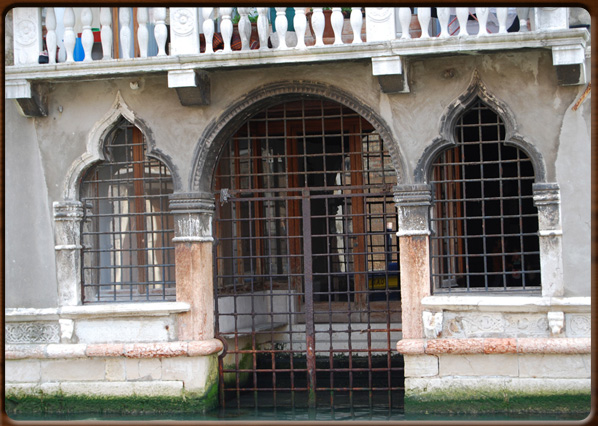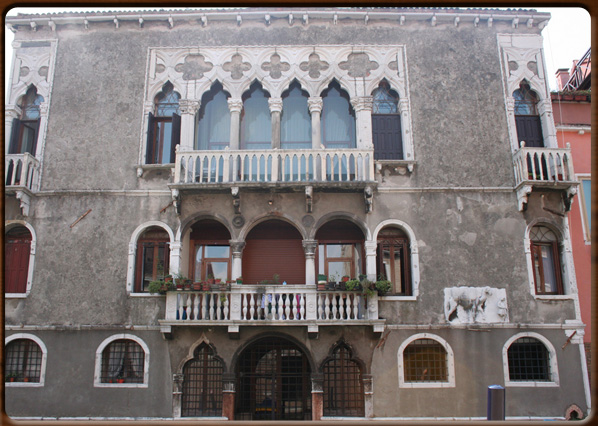
The façade on the canal.

Access from the canal.

Statue from which the name of the Campo. Photographic archive APT of Venice.

Palazzo Mastelli seen from thefront.

The camel of Palace Mastelli.





No video
A few steps beyond the church of Madonna dell’Orto in the sestiere of Cannaregio, one of the most mysterious and unusual parts of Venice, is the charming Campo dei Mori, with a well curb in its centre made from Istria stone (late 1600s). According to local belief, the “Mori” were three brothers from Morea: Sandi, Afani and Rioba Mastelli. Silk and spice merchants, they moved to Venice in 1112, where they built Palazzo Mastelli as the seat of their business. This palace, also called Palazzo del Cammello owing to a high relief of a camel, stands out for its beautiful façade facing the canal, the lower floor in a Renaissance style, the upper floor in the Gothic style.
Close to the entrance to the palace, on the east side of the Campo and on the Fondamente della Sensa, there are some stone figures of the Mastelli brothers: these statues, perhaps from the 13th Century, are sculpted in Istria stone and set into the walls. The legend goes that the three brothers were turned to stone on account of their greed.
1100 - 1200 - CANNAREGIO - rev. 0.1.8